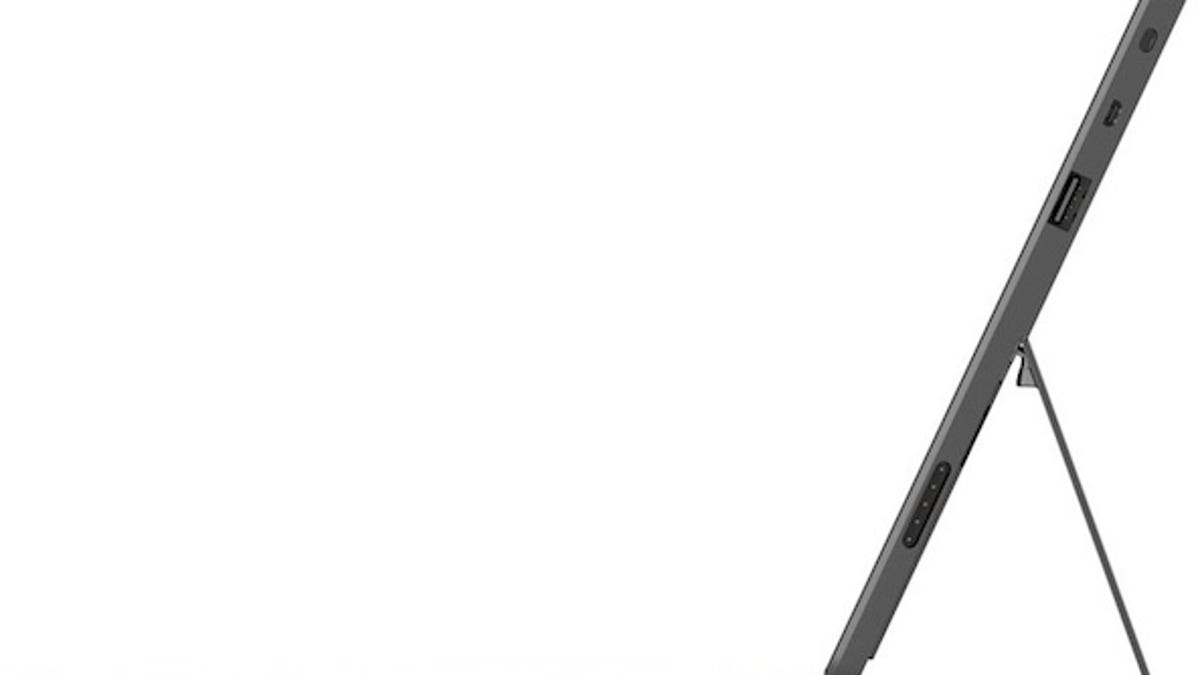Future Microsoft tablet may have 7.5-inch display, low price
Microsoft is aiming at smaller, cheaper tablets, as it looks to be more competitive in the burgeoning 7-inch and 8-inch tablet market.

A future Microsoft tablet is expected to sport a 7.5-inch display, as the budding tablet maker seeks to reduce both size and price, according to NPD DisplaySearch.
"From the supply chain side, we're seeing the panel specifications, the touch module, the mass production schedule being made," Richard Shim, an analyst at NPD DisplaySearch, told CNET Thursday.
The tablet is expected to use a 7.5-inch panel with 1,400x1,050 resolution, according to Shim. That comes to a respectable pixel density of 233 pixels per inch, higher than the Nexus 7 and Apple's iPad Mini.
"Mass production is Q1 [first quarter] 2014. Apparently, pretty significant volume. Multiple millions," Shim said. He added, however, that production could possibly start earlier at a lower level then ramp up to mass production in the first quarter.
By contrast, a rumor out of Asia on Wednesday claimed second-generation Surface tablets will come with display sizes between 7 and 9 inches. That same report went on to speculate that Microsoft would make an announcement of some kind at its Build Conference in June.
But finding a lower price that's cost effective for Microsoft may take time. "They're looking for ways to cut down the price on their devices. So, for example, with the 7.5-inch device, they're looking for a touch solution that incorporates the panel and the touch module," according to Shim.
And they're shifting panel suppliers for all tablet screen sizes to get more aggressive pricing, Shim added.
Shim would not comment on price but another source contacted by CNET has heard that $399 is a target, though that could go lower as Microsoft gets closer to product availability.
By comparison, the 7.9-inch iPad Mini starts at $329 and has a lower resolution screen. The Nexus 7 starts at $199, and packs a smaller screen and lower resolution than the planned Microsoft tablet.
And speaking of the Nexus 7, Shim expects that to be updated mid-year with a 1,920x1,200 display, a significant jump in resolution from the current 7-inch 1,280x800 resolution screen.
A Microsoft spokeswoman declined to comment.

